Q & A with Bestselling Author Laura Taylor Namey
If you’re looking for an immersive, beautiful and expansive story about friendship (with romance), Laura Taylor Namey’s third novel, When We Were Them (Atheneum Books for Young Readers, November 16, 2021), more than fits the bill. Told over the course of one week and laced with rich memories and moments between three friends, the story is sure to resonate with teens and adult readers alike who have experienced or aspired to have deep, meaningful relationships.
Here’s a description of the novel from Taylor Namey’s website:
When they were fifteen, Willa, Luz, and Britton had a friendship that was everything.
When they were sixteen, they stood by one another no matter what.
When they were seventeen, they went through the worst.
And when they were eighteen, Willa ruined it all.
I had the pleasure of doing a Q & A with Taylor Namey, an author I’m also proud to call a friend since we met years ago at the SCBWI annual conference in Los Angeles. Here are the highlights from our email exchange.
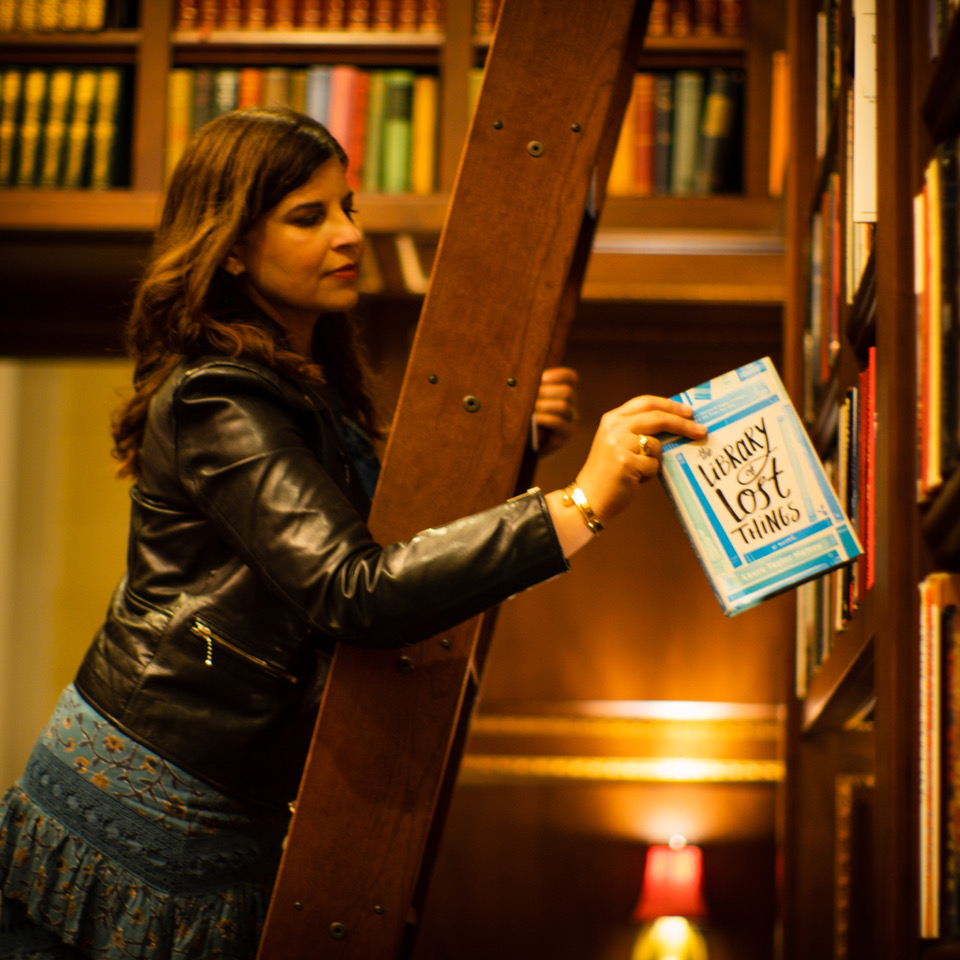 In what ways has your writing process and daily practice changed since writing your debut novel, The Library of Lost Things?
In what ways has your writing process and daily practice changed since writing your debut novel, The Library of Lost Things?
Now that my children are older, I definitely have more time to work in longer chunks, but my workload has increased ten-fold. I think what has changed the most is having to adapt to various seasons. My day looks much different when I’m actively drafting to other times when I’m focusing mainly on promotion or editing. My new motto is a combination of a day-by-day mentality as well as completing new tasks as quickly as I can, so they don’t pile up.
What was the spark for your latest novel, When We Were Them, and what made you want to explore female friendship?
After writing two coming of age YA novels with heavy romance subplots, I wanted to stretch my wings a little and try something different. WHEN WE WERE THEM is my most complex work to date, but I felt ready for a challenge. Having a brilliant editor who knew how to push and bring out my best made all the difference.
While A Cuban Girl’s Guide to Tea and Tomorrow is a tribute to my Cuban family, WHEN WE WERE THEM is an ode to my California beach girl childhood. I set the novel in the small community where I grew up. As a teen, my female friends and those relationships were so crucial to my identity and development. I wanted to celebrate a ride or die friendship between three teen girls, but also explore the way grief and loss and growing up can affect relationship, as well as the fallout that ensues when one girl leans too hard on the others. The novel asks the question, is everything they were strong enough to survive everything they’ve become?
While all of WWWT comes from you, which specific parts of which characters are most like or drawn from your family and friendships (childhood and/or current)?
These three characters and their friendship contain bits of me, in contrast to the character of Lila Reyes from A Cuban Girl’s Guide to Tea and Tomorrow. She embodies most me as a teen. Future opera star Britton shares my love of music, and Luz’s obsession with the heart and the human body and medicine is a tribute to my father who passed away from heart disease. Willa’s surfer girl and ocean loving spirit comes right from my childhood. I grew up on the beach featured on the cover.
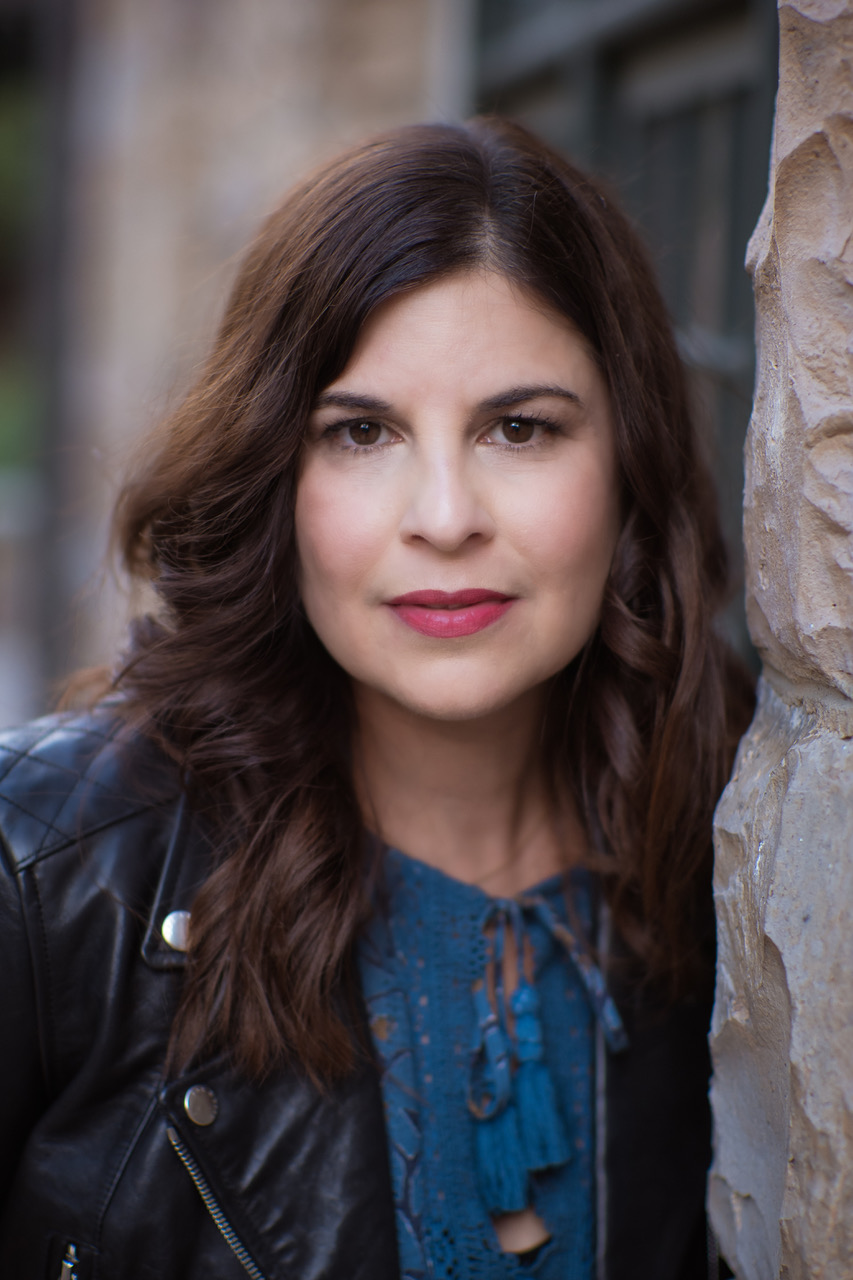 You dive deep into the ocean (pun intended), medicine, opera, becoming a Navy SEAL, and so much more in your novel. What did you know about each of these ahead of time, and what kind of research did you have to do before/while writing WWWT?
You dive deep into the ocean (pun intended), medicine, opera, becoming a Navy SEAL, and so much more in your novel. What did you know about each of these ahead of time, and what kind of research did you have to do before/while writing WWWT?
I knew very little about each of these aspects of my book, beyond surface level, before I started researching. Growing up in San Diego, I was familiar with Navy SEALs, used to live next door to a former SEAL. But it took interviews with active military personnel and a lot of reading to educate myself well enough to be able to include this experience in my story. The rest just took time and study, and a lot of YouTube watching. I particularly enjoyed watching hours of opera masterclasses and teaching sessions filmed at universities. Opera is such a gorgeous art form and it was a privilege to include a bit of this rep in my story.
You seem to be a master of juggling book drafting and revision as well as book promotion. What’s your typical schedule (or secret)?
Thank you! When I’m in a drafting or promotion season, or lately, both at once, I work between eight and ten hours a day. I draft in short 45-minute increments, spending the last fifteen minutes of every hour answering emails, prepping material for workshops, or maintaining my social media accounts. After dinner, I’m usually reading or working on my critique partners’ work. I’ve tried to be better about taking weekends off, but the month before a new book comes out, I typically have to spend a few weekend hours catching up. Despite the long hours, there is nothing I’d rather be doing.
Anyone who knows you knows how connected you are to your two critique partners. How has that relationship evolved and grown as you’ve all moved from pre-published writers to agented and/or published authors?
Now that the three of us have worked on multiple projects over the last three and a half years, I feel we’re better equipped to provide support, developmental feedback, and pinpoint editing within our workspace. We are the best of friends and mutual cheerleaders, and we trust each other implicitly. I am so lucky to have them.
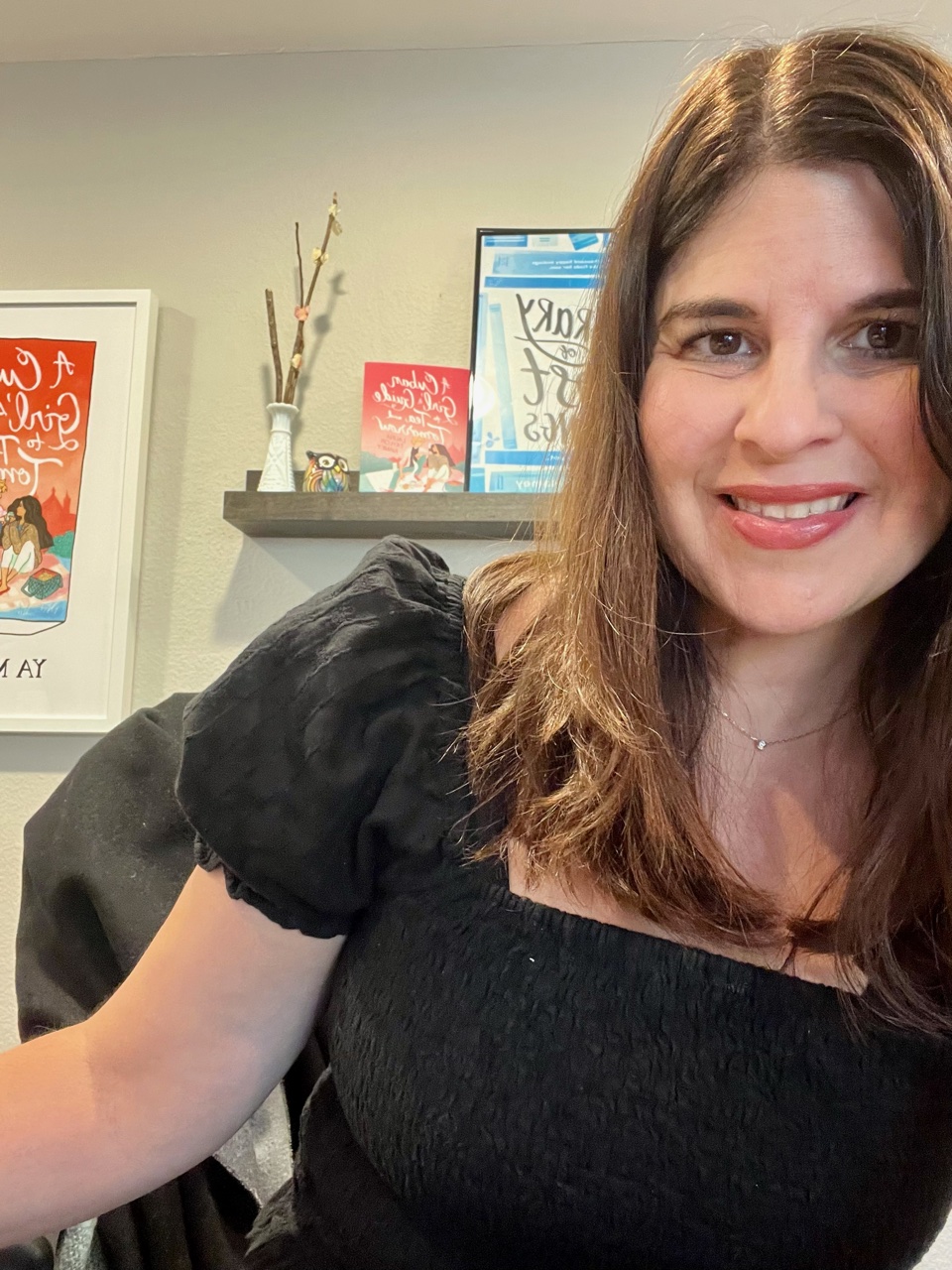 What was the best part about having your sophomore novel, A Cuban Girl’s Guide to Tea and Tomorrow, become a Reese’s YA Book Club pick—and a New York Times bestseller?
What was the best part about having your sophomore novel, A Cuban Girl’s Guide to Tea and Tomorrow, become a Reese’s YA Book Club pick—and a New York Times bestseller?
Being chosen for Reese’s Book Club has truly been one of the highlights of my career. The entire team is wonderful and so supportive, and the club works like a big family. I love being able to share my book across a wider platform and audience.
What has been the most challenging aspect of publishing three books in two years? And what have you learned about yourself as a writer (and a person) during that time?
Having to juggle multiple projects at once has been hard. Setting aside a draft to work on another book that might be in a different stage can be tricky. Now, I’m used to it. I’ve learned that I have a unique process that works for me and my writing style. And I’ve learned how much I truly love this job. The work is hard and long and taxing at times, but it is the only work I want to be doing.
What are some tips you have for aspiring writers to help them find ideas/inspiration for stories they’re meant to tell?
The world and the people you meet simply by living your life can provide so much inspiration. I’m also a fan of combining story ideas. The memory of a high school friend, plus a sparkling event three years ago, plus a curious letter or single line overheard at a café can be combined to create a thrilling new story. Also, ideas breed other ideas if you give them space. Jotting notes about story tidbits can unleash your creativity and many times, your mind will expand the scope of a few loose ideas into a novel worthy premise and a compelling tale.
Please share a favorite prompt or two for writers to help them get started on a new idea, or to get to know their characters better (especially those like me who are doing Nanowrimo in November).
My favorite exercise to get to know my character better is a long check list that I fiddle with before I start my book. Here is an abridged version. You should be able to answer these questions in your character’s voice.
I want most to:
I could have that except:
I am thrilled by:
I am inspired by:
I am terrified by:
I am disgusted by:
I’m most centered when:
I’m most anxious when:
My personal style looks like:
Not counting my pets, or family members, if I could only save three objects in a fire, I’d choose:
What are some of your favorite recent reads, TV shows, films or songs/albums?
Some recent favorite reads are You’d Be Home Now by Kathleen Glasgow, People We Meet on Vacation by Emily Henry, and Our Way Back to Always by Nina Moreno.
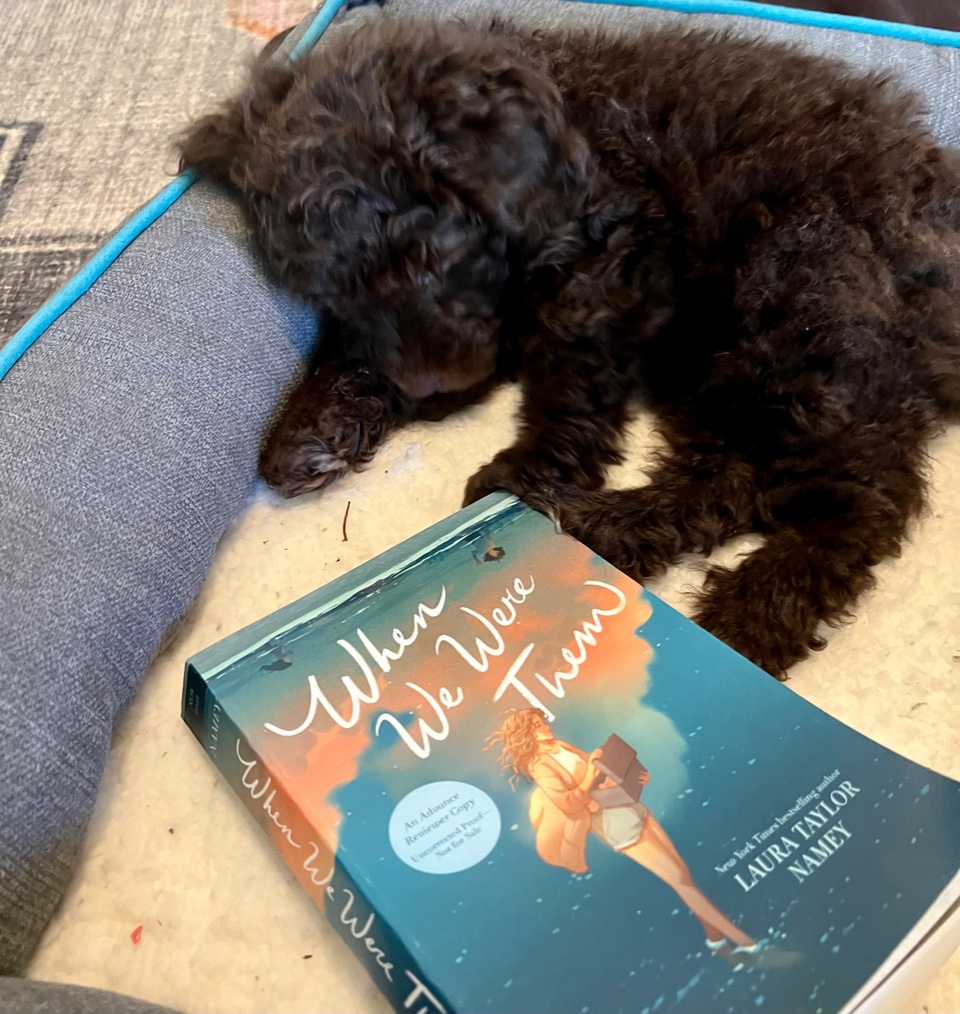
Professor Henry Higgins (aka Henry) is a big fan of his mother’s new novel!
Laura Taylor Namey is the New York Times bestselling author of Reese’s Book Club pick A Cuban Girl’s Guide to Tea and Tomorrow, The Library of Lost Things, and When We Were Them. A proud Cuban-American, she can be found hunting for vintage treasures and wishing she was in London or Paris. She lives in San Diego with her husband and two children. To learn more about Taylor Namey and all her work, visit her website here. You can order her books wherever books are sold, and check out her preorder campaign with Mysterious Galaxy Books in San Diego here.
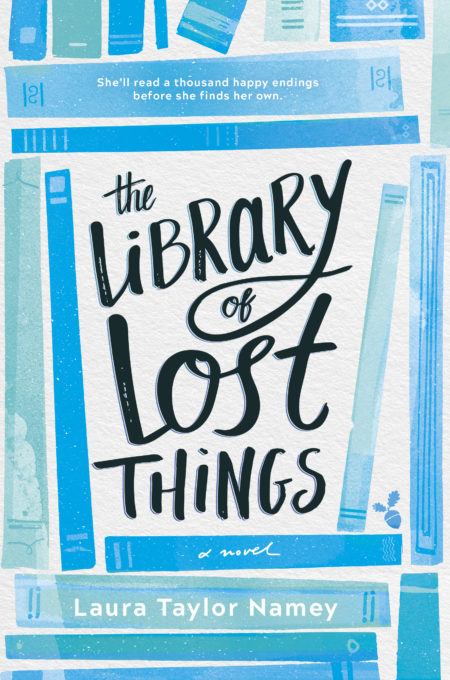 I had the pleasure of doing an email interview with my lovely friend whom I had the pleasure of meeting several years ago at a
I had the pleasure of doing an email interview with my lovely friend whom I had the pleasure of meeting several years ago at a 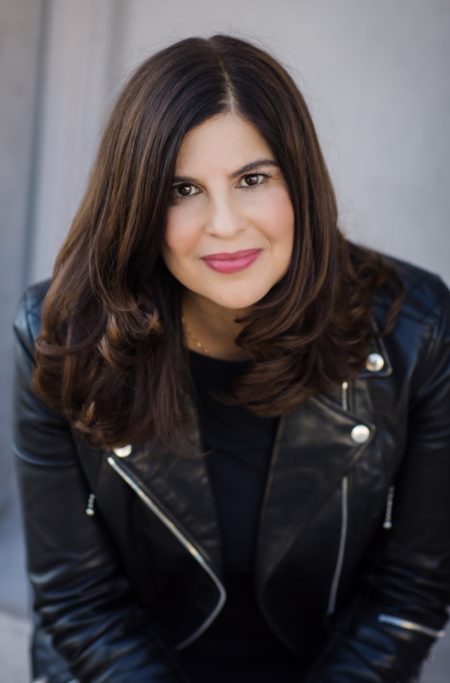 EZ: What are your favorite kinds of books to read, and how do they inspire your writing?
EZ: What are your favorite kinds of books to read, and how do they inspire your writing?
Recent Comments